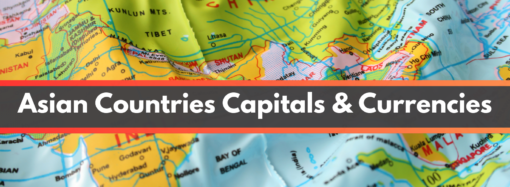PSL is a compulsory target for all Indian banks have to follow. Here the PSL is decode in Simple language.
Priority sectors in India at present includes following sectors:
- Agriculture
- Small and medium enterprises
- Road and water transport
- Retail trade
- Small housing loans
- Self Help Groups (SHG’s)
- Agro-processing
- Software industries
- Small and Marginal farmers
- Small business
- SC/ST’s
- And other weaker sections of the society
In 2007, RBI included five minorities also : Muslims, Parsis, Sikhs, Buddhists, Christians under the PSL. And now Jains also.
In 2015, RBI added ‘medium enterprise, sanitation and renewable energy’ under it.
The PSL target must be met by Indian Banks in following way:
- INDIAN Banks need to lend 40% of their total lending to the Priority sector every year (Indian Banks here includes Public sector as well as Private Sector Banks).
There is a sub-target also – 18% of the total lending must go to Agriculture.
And, 10% of the total lending or 25% of the PSL must be lent out to the weaker sections of the society. - FOREIGN Banks have to fulfill only 32% PSL target which has sub-set targets for the exports (12%) and small and medium enterprises (10%)
Above one term is used Small and Marginal farmers.
Now see, what is the difference between these two terms.
- Marginal farmers are those who owns less than 1 hectare piece of land. And Small farmers are those who owns more than 1 hectare of piece of land.
- AIM of PSL is what, basically government of India wants the unprivileged sections of the society to have the benefits of financial services. And only then the country will develop when this section of society develops.
Now is the time to learn a new Term:
Teaser Rate of Interest: In this rate of interest, initially banks provide the loan at lower interest rates and later on it increases the rate gradually. In case of Home Loans, this kind of interest rate is being used.
It is a part of COLOURFUL BANKING, i.e. schemes or type of banking to attract customers.
Author – Priya Malikk
Reference : Indian Economy by Ramesh Singh











